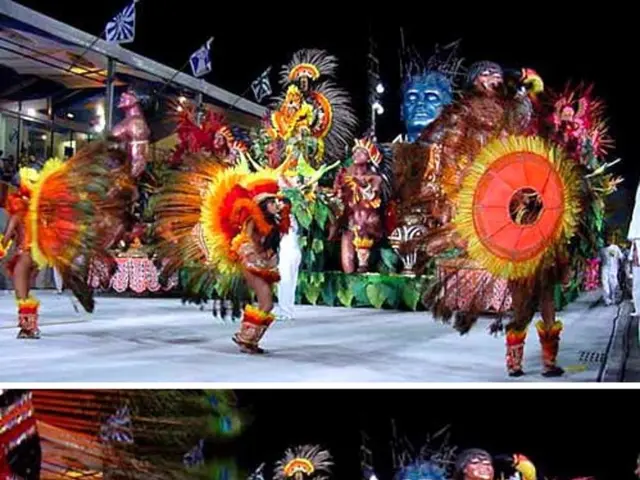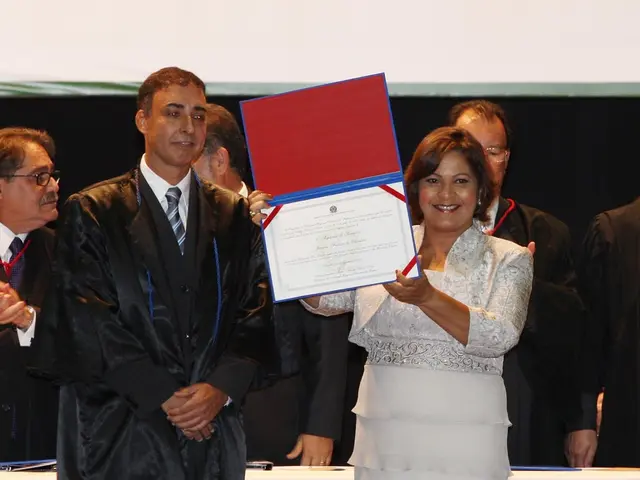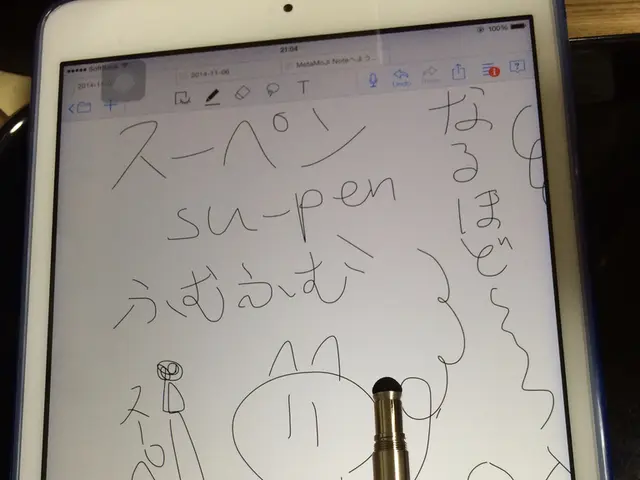Dance Professor Employs Artificial Intelligence Dance Animations from Our Site to Motivate Pupils
Professor Keshia Wall, an esteemed dance educator at Elon University, has revolutionised her West African dance class curriculum for the upcoming 2024 academic year. Her innovative approach involves the use of AI animation tools, transforming traditional teaching methods into an engaging, interactive, and accessible learning experience.
Before discovering these tools, Professor Wall faced challenges in remembering lessons, accessibility, and respecting the rich cultural context of West African dance traditions. However, her search for a solution led her to an AI Video to Animation tool on a website, which has since become a game-changer in her teaching.
The AI Animation tool empowers anyone, regardless of technical expertise, to animate a 3D character for various purposes, including marketing, tutorials, games, films, social media, lesson plans, and more. For Professor Wall, this means creating animated videos that will engage her students beyond the classroom and provide materials for students to review at home.
The animated videos created by Professor Wall will be incorporated into her fall class curriculum and her online book on West African dance traditions. The animated avatars will introduce and close out each chapter of her book, as well as teach some dance lessons. The tool enables Professor Wall to quickly edit videos with unique characters, backgrounds, and dialogue, even adding historical context through script and dialogue features.
The democratizing power of AI animation is particularly effective in teaching West African dance and preserving its historical and cultural context. By pairing animation with curated cultural narratives and historical background, creators and students can embed lived experiences and authentic voices within the animations, fostering a bottom-up approach that honours tradition while engaging new audiences.
Moreover, interactive and character-driven AI animations can captivate audiences unfamiliar with West African dance, using relatable narratives or immersive scenarios that invite participation. For example, some AI apps allow users to insert their own faces into dance animations, creating personalised and shareable experiences that boost engagement.
In addition, AI-driven lesson plans and animations can be customised linguistically and culturally for diverse learners, including those who speak different languages or have varying levels of prior knowledge. This supports dynamic, inclusive teaching methods adaptable to global classrooms.
Professor Wall plans to collaborate with other universities and dance departments using this AI Animation tool, aiming to broaden the reach and impact of her innovative teaching methods. By leveraging AI animation's efficiency and storytelling potential, educators and creatives can preserve West African dance's heritage with accuracy and vibrancy, while making learning accessible, interactive, and appealing to a global, digital audience.
The AI Animation tool is available online at [www.our website], on Canva Apps, Adobe Express, and on the AWS Marketplace. The 3D video editor tool requires no technical skill or prior animation knowledge to get started, making it accessible to educators and creators alike. Professor Wall was particularly impressed by the quick conversion of her dance video into an animated character on the website, saving her over 30 hours of re-teaching by using animated video from customised camera angles to teach.
In conclusion, Professor Keshia Wall's adoption of AI animation tools marks a significant step forward in the preservation and teaching of West African dance traditions. This fusion of technology and culture fosters both preservation and innovation in cultural education, offering a promising future for dance education and cultural preservation.
- Professor Wall utilizes an AI Video-to-Animation tool, found on a website, to create animated videos for her West African dance class curriculum.
- These animated videos are designed to engage students beyond the classroom and offer materials for home review.
- In her fall class and online book on West African dance traditions, Professor Wall will incorporate animated avatars that teach dance lessons and introduce each chapter.
- The AI Animation tool allows for quick video editing with unique characters, backgrounds, and dialogue, even featuring script and dialogue options for historical context.
- By democratizing animation, this tool preserves West African dance's rich cultural context and engages new audiences through relatable narratives and interactive scenarios.
- Some AI apps allow users to insert their own faces into dance animations, fostering personalized and shareable experiences.
- Customizable linguistically and culturally, the AI-driven lesson plans and animations support inclusive teaching methods suitable for global classrooms.
- Professor Wall aims to collaborate with other universities and departments, leveraging the tool's efficiency and storytelling potential to broaden her innovative teaching methods' reach.
- The AI Animation tool is accessible online, on Canva Apps, Adobe Express, and the AWS Marketplace, requiring no technical skill or prior animation knowledge.
- The tool's conversion of dance videos into animated characters saves time, as demonstrated by Professor Wall, who saved over 30 hours previously spent on re-teaching with video from customized camera angles.








